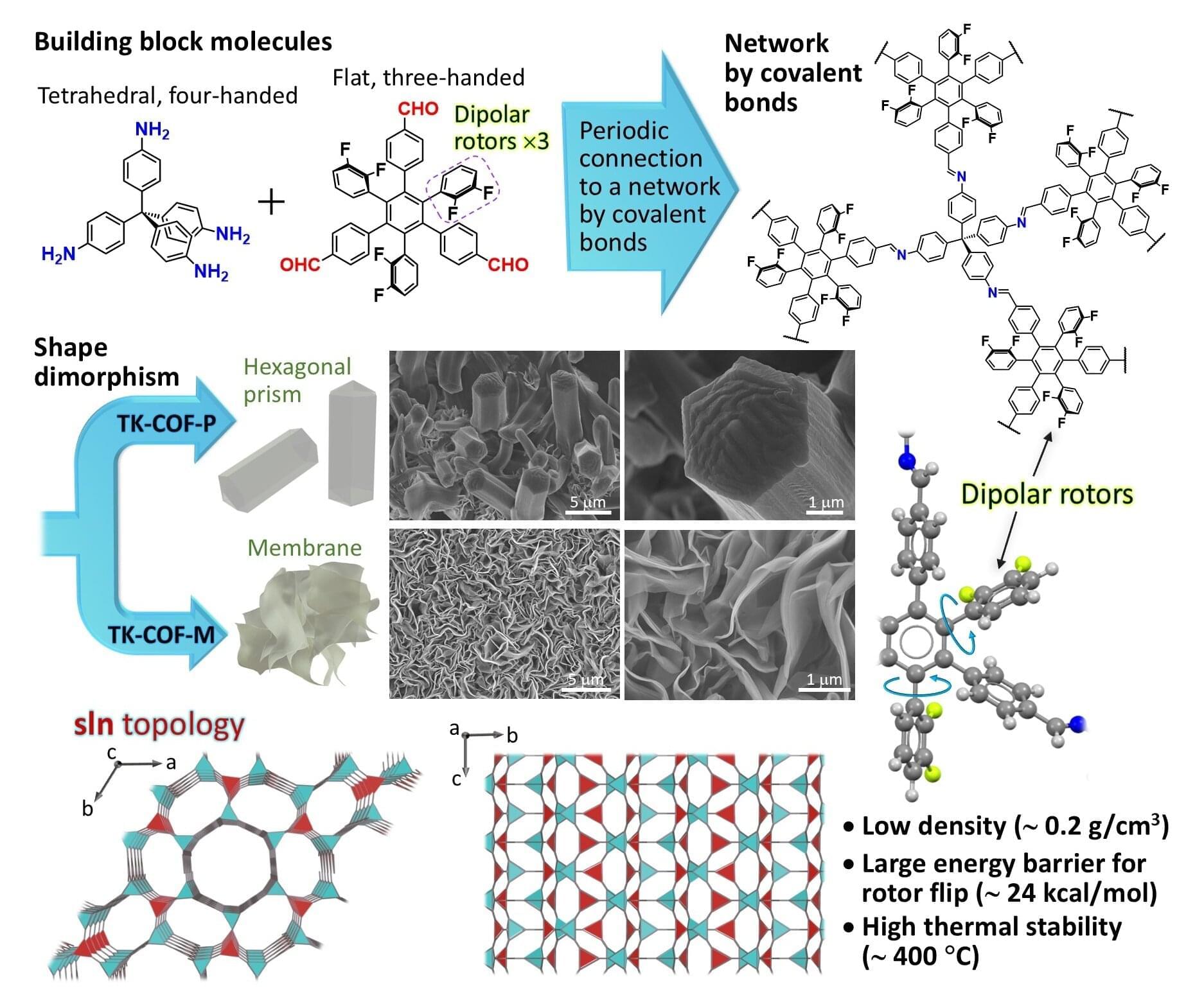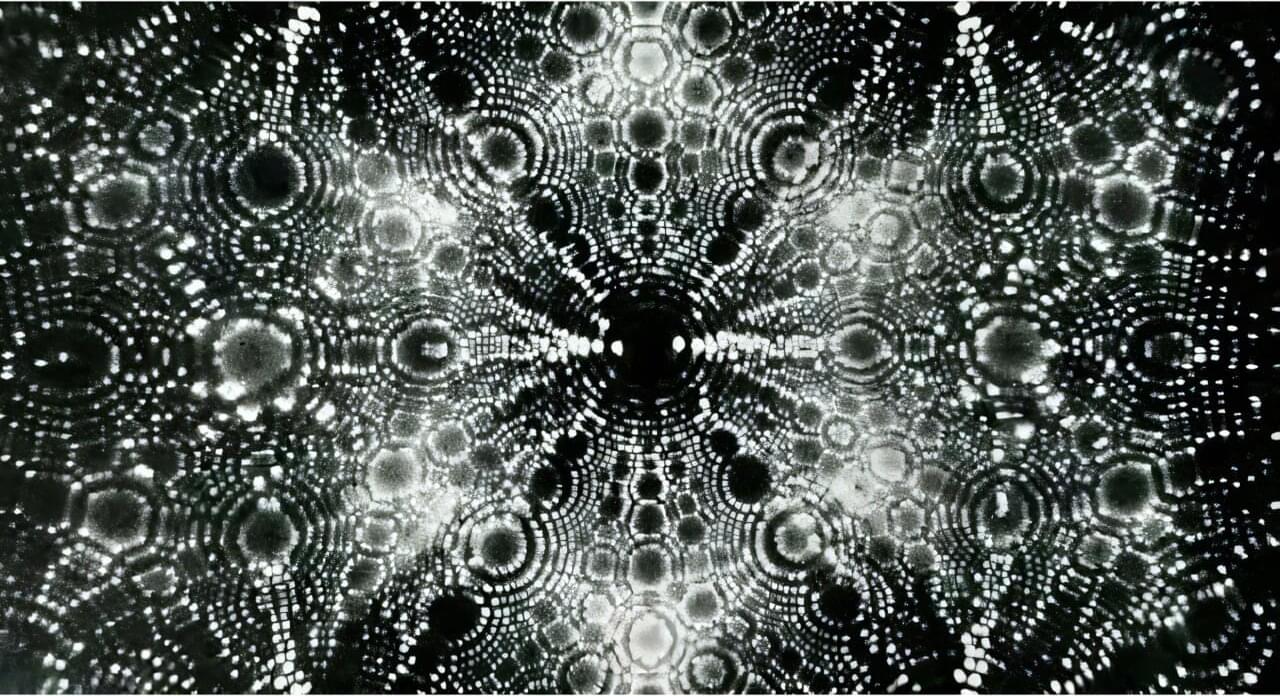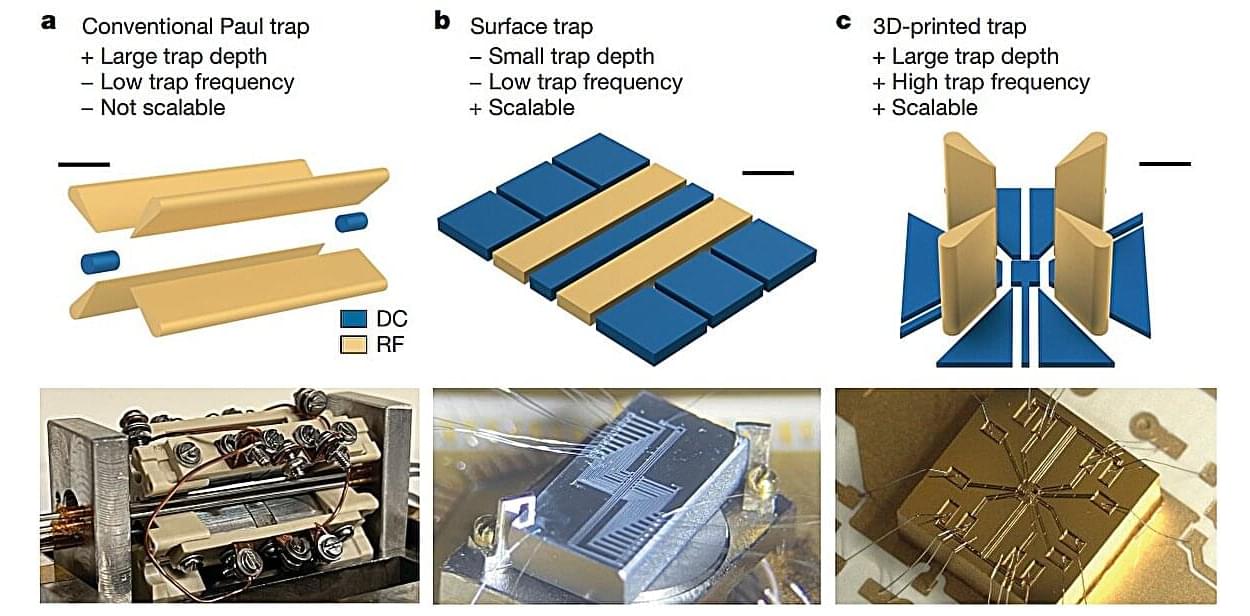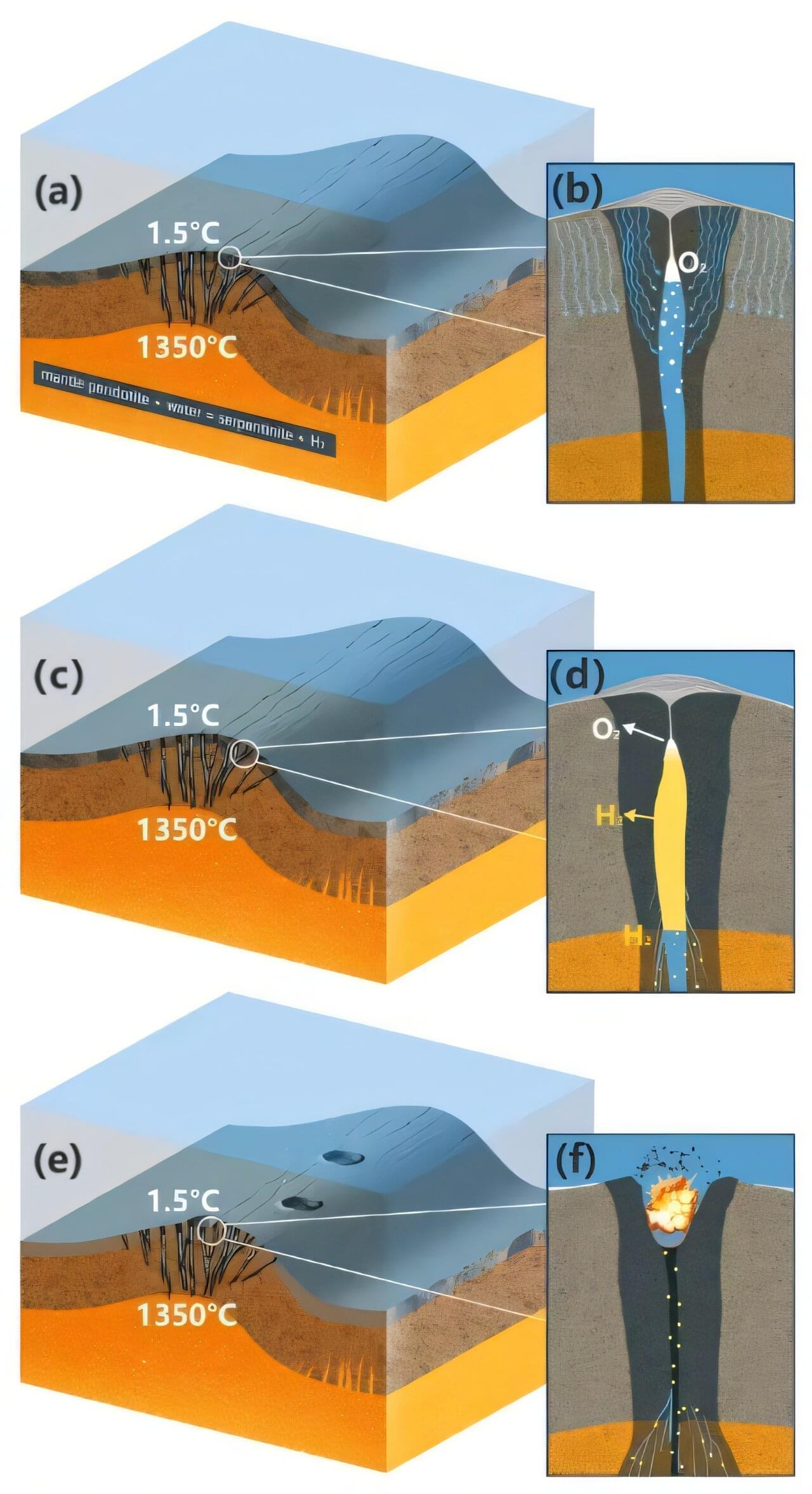Imagine a clock that doesn’t have electricity, but its hands and gears spin on their own for all eternity. In a new study, physicists at the University of Colorado Boulder have used liquid crystals, the same materials that are in your phone display, to create such a clock—or, at least, as close as humans can get to that idea. The team’s advancement is a new example of a “time crystal.” That’s the name for a curious phase of matter in which the pieces, such as atoms or other particles, exist in constant motion.
The researchers aren’t the first to make a time crystal, but their creation is the first that humans can actually see, which could open a host of technological applications.
“They can be observed directly under a microscope and even, under special conditions, by the naked eye,” said Hanqing Zhao, lead author of the study and a graduate student in the Department of Physics at CU Boulder.







